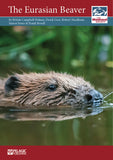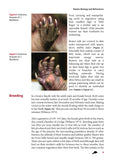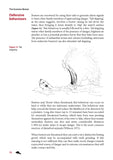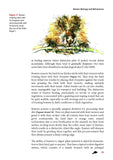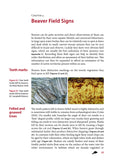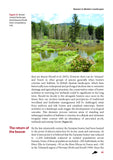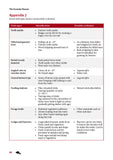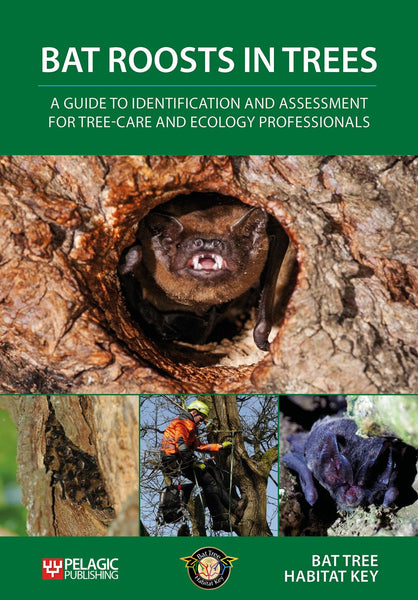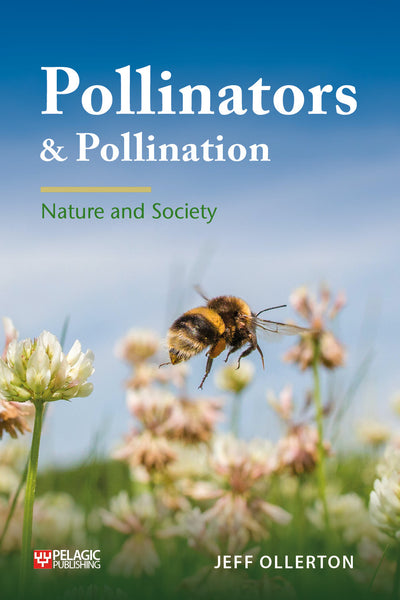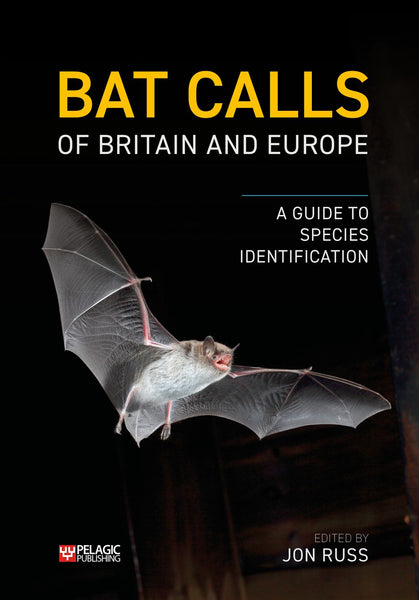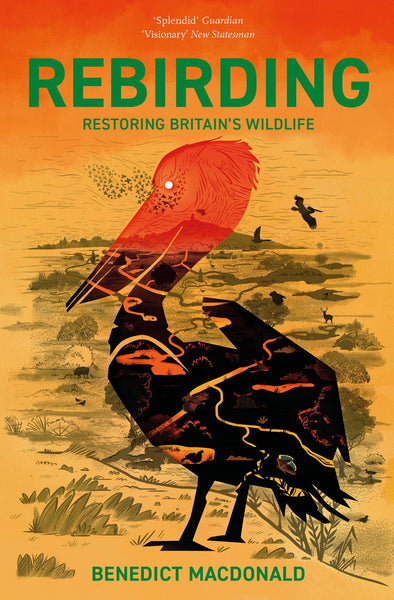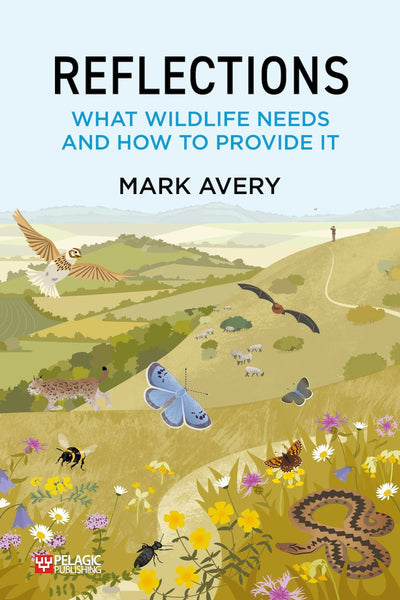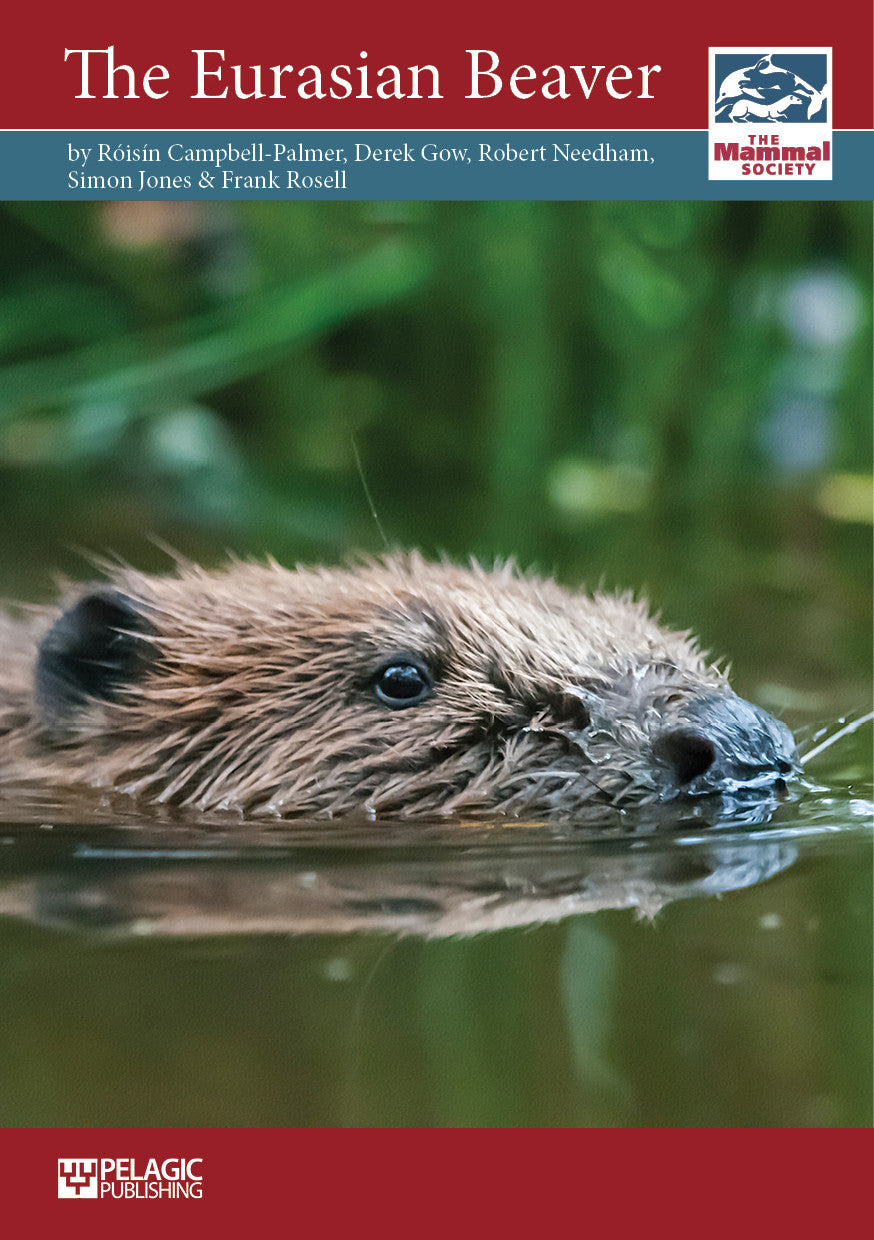
The Eurasian Beaver
- Re-familiarises reader with the Eurasian beaver – a species now back from the brink of extinction in Britain
- Provides factual information on the folklore, biology, behaviour, habitat, field signs and observation of beavers
- The authors provide an update on their experiences direct from the field, the quarantine area and the veterinary table. This fascinating book promotes a future co-existence with beavers in Britain by providing factual information on their biology, behaviour and the habitats they help to generate.
—Nick Mott, Staffordshire Wildlife
- beaver
- biology
- castor
- conservation
- ecology
- natural history
Description
The Eurasian beaver was near extinction at the start of the twentieth century, hunted across Europe for its fur, meat and castoreum. But now the beaver is on the brink of a comeback, with wild beaver populations, licensed and unlicensed, emerging all over Britain.
As a keystone species, the beaver plays a vital role in the creation of sustainable wetland habitats through its damming activities, providing living opportunities for a broad spectrum of wildlife. Yet as proposals for reintroducing beavers are underway, re-establishing the beaver in Britain is still a controversial issue.
This book presents a case for our future coexistence with beavers by providing factual information on this species that has now passed from national memory, covering the biology, behaviour and ecology of the Eurasian beaver in a British context, from their early history in archaeology and folklore to their contemporary field signs in the wild. This book familiarises readers once again, after almost 400 years of its absence, with the Eurasian beaver, providing essential information on its requirements in our human dominated landscape.
This book is for those with a specific interest in beavers and their reintroduction, and for anyone with a general curiosity in natural history, ecology or animal behaviour. It can be used as a field guide to identify beaver field signs and observe beavers in the wild by wildlife surveyors or general land users, or as an introductory guide for anyone with an interest in beavers and how to recognise them.
The authors have been actively involved in the study of beaver ecology, behaviour and reintroduction for many years. They have a first-hand knowledge of beavers in captivity and in the wild in both Britain and a range of other European countries.
Readership
Naturalist, Wildlife TrustsTable of Contents
Chapters include:
Introduction: folklore and history.
Beaver Biology and Behaviours: taxonomy; identification; adaptations for a semi-aquatic lifestyle; adaptations for a life on land; breeding; social behaviour; defensive behaviours; chemical communication and scent marking behaviours; food processing and foraging behaviour.
Habitat and Population Biology: life history; movements, activity and territoriality.
Beaver Field Signs: teeth marks; felled and gnawed trees; grazing lawns/vascular plants; feeding stations; foraging trails; lodges and burrows; dams; canals; scent mounds; faeces; tracks/prints.
Observing Beavers: remote camera trapping.
Beavers in Modern Landscapes: beavers and the law; beavers as ecosystem engineers; the return of the beaver.
Reviews
- The authors provide an update on their experiences direct from the field, the quarantine area and the veterinary table. This fascinating book promotes a future co-existence with beavers in Britain by providing factual information on their biology, behaviour and the habitats they help to generate. —Nick Mott, Staffordshire Wildlife
- It is illustrated with many photos of the animal and its habitat, with maps showing its distribution and tables of the plants it eats and the signs it leaves. Despite the text being only 44 pages long, the authors cover everything you might want to know about these fascinating rodents. —Derbyshire Wildlife Trust
About the Author
Róisín Campbell-Palmer is Conservation Projects Manager for the Royal Zoological Society of Scotland, where she has worked for 12 years. She is Field Operations Manager for the Scottish Beaver Trial and is currently undertaking her PhD in beaver health and welfare.
Derek Gow is a freelance ecologist who has worked with beavers and water voles in Britain for over 20 years. He has advised Natural England and Countryside Council for Wales on beaver reintroduction.
Robert Needham has a BSc in Wildlife Management and an MSc in Ecology. He is currently undertaking a PhD on the relationship between beaver dams and the movement of fish. He has worked on the Scottish Beaver Trial for the past three and a half years.
Simon Jones is Director of Conservation at the Scottish Wildlife Trust. He was previously the Project Manager for the Scottish Beaver Trial and has worked in wildlife conservation and reserve management for over 20 years.
Frank Rosell is a renowned beaver ecologist, publishing more than 80 scientific papers with peer review. He is professor in behaviour ecology at Telemark University College, Norway, and was part of the advisory board of the Scottish Beaver Trial.
Bibliographic Information
 62 pages
62 pages - 47 colour photographs, 12 figures
- 4 tables
- BISAC SCI070030, NAT019000, NAT045000, NAT037000, NAT010000, SCI020000
- BIC PSVW7, WNCF, PSVS, RNKH, WNC






